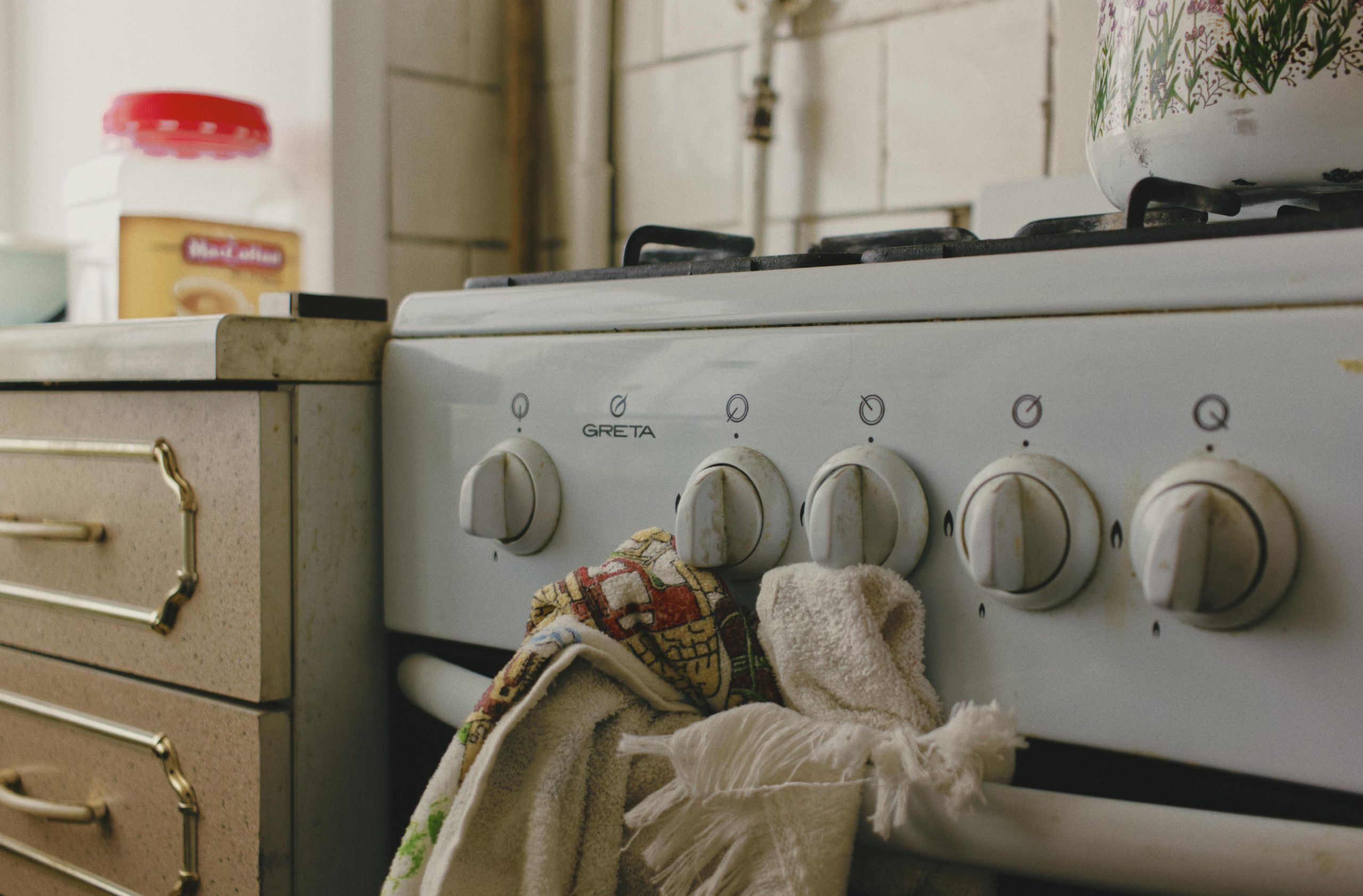How to Clean Your Oven Without Harsh Chemicals
Keeping your kitchen fresh and safe starts with one of its hardest-working appliances: the oven. Unfortunately, many commercial oven cleaners contain aggressive chemicals like sodium hydroxide and ammonia, which can irritate your skin, eyes, and lungs — and even leave toxic residues that release harmful fumes when heated.
Choosing to clean your oven naturally not only protects your family and pets but also saves you money and supports a healthier environment. Best of all? It really works!
Here’s your ultimate guide to natural oven cleaning using simple items you already have at home.
Why You Should Ditch Chemical Oven Cleaners 🚫🧪
Many store-bought oven cleaners promise fast results — but at what cost?
- Health risks: Ingredients like lye can burn your skin and release dangerous fumes.
- Environmental harm: Chemical runoff can pollute water and soil.
- Residual toxicity: Chemicals may linger and contaminate your food during cooking.
Opting for chemical-free oven cleaning ensures a healthier kitchen and a safer cooking environment.
🧂 What You’ll Need for a DIY Natural Oven Cleaner
You likely have most of these non-toxic cleaning supplies in your pantry already:
- ½ cup baking soda
- A few tablespoons of water
- White vinegar (in a spray bottle)
- Small bowl
- Rubber gloves (optional but recommended)
- Sponge or cleaning cloth
- Plastic or silicone spatula
Tip: Add a few drops of lemon essential oil for an extra-fresh, uplifting scent.
📝 How to Clean Your Oven Naturally: Step-by-Step Guide
1. Remove the Oven Racks
Take out the racks and set them aside.
Soak them in hot, soapy water in your sink or bathtub while you clean the oven’s interior.
2. Make a Natural Cleaning Paste
In a bowl, mix the baking soda with water to form a thick, spreadable paste.
Optional: Add lemon essential oil or a few drops of real lemon juice for additional grease-cutting power.
3. Apply the Baking Soda Paste
Put on gloves if desired.
Spread the paste evenly over the oven’s interior surfaces — including the walls, floor, and inside of the door.
Avoid coating the heating elements!
Focus on areas with baked-on grease, burnt spills, and dark spots.

4. Let the Paste Work Overnight
Patience pays off!
Let the baking soda mixture sit for at least 8–12 hours, or overnight, to naturally loosen grime and buildup.
5. Wipe It Out
After letting it sit, use a damp sponge or cloth to wipe away the dried baking soda.
For stubborn spots, gently scrape with a plastic spatula.
6. Spray with Vinegar
Fill a spray bottle with white vinegar and lightly mist any remaining baking soda residue.
You’ll see a satisfying fizzing reaction — that’s the vinegar breaking down leftover grime!
Wipe down again with a clean, damp cloth.
(Alt text for images: vinegar reacting with baking soda in oven)
7. Final Rinse and Dry
Rinse your cloth or sponge in warm water and wipe the oven one last time to remove any remaining residue.
Dry the surfaces with a clean towel.
🧽 Don’t Forget the Oven Racks!
While your oven was soaking, your racks were too!
Scrub them with a sponge, brush, or steel wool to remove any lingering grease.
Rinse thoroughly and dry before placing them back in the oven.
✅ Benefits of Cleaning Your Oven Naturally
Choosing natural oven cleaning has many surprising benefits:
- 🛡️ Safe for children and pets — no toxic residues
- 🌱 Eco-friendly — no pollution or harmful runoff
- 💸 Budget-friendly — uses affordable household staples
- 🧘 Less stress — no harsh fumes, no risk to your health
- 🌟 Satisfying results — a sparkling clean oven, naturally
💡 Pro Oven Cleaning Tips
- Add essential oils to your paste for a fresh, natural scent.
- Clean your oven monthly to prevent heavy buildup.
- Line your oven bottom with a reusable silicone mat to catch drips and spills.
- Keep a vinegar spray bottle on hand for quick daily spot-cleaning.
🙋♀️ Frequently Asked Questions – Natural Oven Cleaning FAQ
❓ How often should I clean my oven?
A: Aim for a deep clean every 1–2 months. Quick wipe-downs after messy meals will help maintain cleanliness longer.
❓ Is this method safe for self-cleaning ovens?
A: Yes! In fact, it’s gentler than using the oven’s high-heat self-cleaning cycle, which can stress your appliance.
❓ Will the vinegar smell linger after cleaning?
A: No, the vinegar scent fades within 30–60 minutes. Adding lemon juice can help neutralize the smell faster.
❓ Can I add salt to the baking soda paste?
A: Absolutely! Salt acts as a gentle abrasive that can help scrub away stubborn spots even more effectively.
❓ What if my oven is extremely dirty?
A: For very greasy ovens, you might need to repeat the baking soda process twice — but it’s still safer than harsh chemicals!
Related Posts You Might Like 🔗
- How to Make DIY All-Purpose Cleaners at Home
- Spring Cleaning Step-by-Step Guide
- Bathroom Hacks for a Germ-Free Home
- Simple Daily Habits to Keep Your Home Fresh
- Best Kitchen Cleaners
🧼 Conclusion: Choose a Healthier Way to Clean Your Oven
Cleaning your oven doesn’t have to involve toxic fumes, expensive products, or complicated techniques.
With simple ingredients like baking soda and vinegar, you can clean your oven naturally — keeping your home, your family, and the environment healthier and happier.
Next time your oven needs a refresh, ditch the chemicals and go natural. It’s effective, affordable, and incredibly satisfying! 🍋✨

Leave a Reply